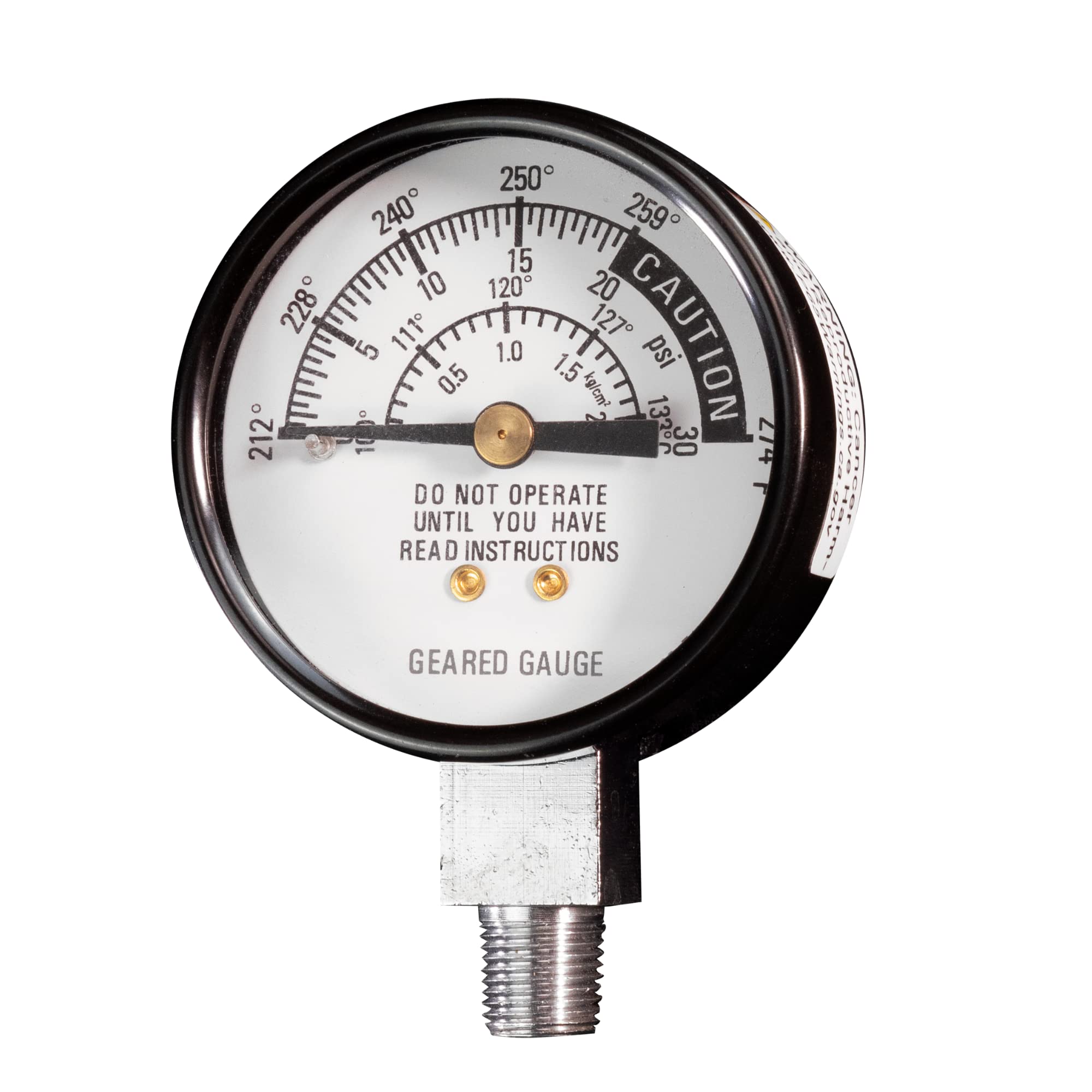
A pressure canner gauge is a device that measures the pressure inside a pressure canner. It is an important component of the canner, as it allows the user to monitor and control the pressure during the canning process. The gauge typically consists of a dial that displays the pressure in pounds per square inch (psi) and is located on the top of the canner.
The pressure gauge is essential for ensuring that the canner is operating at the correct pressure level to safely preserve food. The recommended pressure level for canning varies depending on the altitude and the type of food being canned, and it is important to follow specific guidelines to ensure the safety of the canned food.
It is important to regularly check the pressure gauge for accuracy and calibrate it as needed. Over time, the gauge can become inaccurate, which can result in unsafe pressure levels and compromised food safety. Many pressure canner manufacturers recommend having the gauge tested for accuracy annually, or more frequently if the canner is used frequently.
In addition to the pressure gauge, pressure canners may also have other safety features, such as a safety valve or a locking lid, to prevent accidents during the canning process. It is important to follow recommended processing times and pressures, as well as to use the canner’s safety features, to ensure safe and successful canning.
Types of pressure canner gauge
There are two main types of pressure canner gauges: dial-gauge and weighted-gauge.
- Dial-gauge pressure canner: A dial-gauge pressure canner has a dial on the top that displays the pressure in pounds per square inch (psi). This type of gauge needs to be calibrated regularly to ensure its accuracy. Calibration involves comparing the gauge’s reading to a known accurate pressure gauge, and adjusting it if necessary. Dial-gauge pressure canners are typically more precise than weighted-gauge canners and are best for canning at high altitudes.
- Weighted-gauge pressure canner: A weighted-gauge pressure canner has a weighted pressure regulator that sits on top of the vent pipe. This type of gauge does not require calibration and is easier to use than a dial-gauge canner. The pressure is regulated by the weight of the regulator, which lifts to release pressure as needed. Weighted-gauge pressure canners are ideal for canning at lower altitudes.
Both types of gauges have their advantages and disadvantages. Dial-gauge pressure canners are more precise and accurate but require regular calibration, while weighted-gauge pressure canners are easier to use but are less precise.
Regardless of the type of gauge, it is important to follow recommended processing times and pressures, and to use the canner’s safety features, to ensure safe and successful canning.
Gauge Pressure Versus Weight Pressure
Gauge pressure and weight pressure are two methods of measuring pressure in a pressure canner.
Gauge pressure is measured using a dial-gauge, which displays the pressure in pounds per square inch (psi). Gauge pressure can be more precise and accurate than weight pressure, but it requires regular calibration to ensure accuracy. Gauge pressure is often used for canning at higher altitudes where precise pressure control is necessary to ensure safe canning.
Weight pressure is measured using a weighted pressure regulator that sits on top of the vent pipe. The weight of the regulator determines the pressure inside the canner, and the regulator will lift to release pressure as needed.
Weight pressure is generally easier to use and does not require regular calibration, but it may not be as precise as gauge pressure. Weight pressure is often used for canning at lower altitudes where precise pressure control is less critical.
Regardless of the method used to measure pressure, it is important to follow recommended processing times and pressures for the type of food being canned, and to use the canner’s safety features, such as safety valves and locking lids, to prevent accidents and ensure safe canning.
It is also important to regularly check the pressure canner’s gauge or weight for accuracy and to replace any parts that may be worn or damaged.
Gauge for a pressure canner - FAQs
Here are some frequently asked questions about the gauge for a pressure canner:
Most manufacturers recommend having your dial-gauge pressure canner calibrated once a year. If you use your canner frequently, you may want to have it checked more often.
To check the accuracy of a dial-gauge pressure canner, you can compare the reading on the gauge to the pressure readings on a calibrated master gauge. If the readings differ by more than 1 psi, you may need to have your gauge recalibrated. Weighted-gauge pressure canners do not need to be calibrated, but you should check the weight periodically to make sure it is still accurate.
No, it is not safe to use a pressure canner with a broken or inaccurate gauge. If the gauge is broken, you should replace it before using the canner. If the gauge is inaccurate, you may be canning at an unsafe pressure level, which can compromise the safety of the food and increase the risk of bacterial contamination.
The process for replacing a gauge can vary depending on the make and model of your canner. It is important to consult the manufacturer’s instructions or seek professional assistance to ensure that the replacement gauge is installed correctly and safely.
No, you should use the type of pressure measurement that is recommended for your particular pressure canner. Switching between gauge pressure and weight pressure can result in inaccurate pressure readings and compromised food safety. If you are unsure which type of pressure measurement to use, consult the manufacturer’s instructions.
Related Posts
Why Trust Us
You will find what you are looking for at Jody's Bakery. From classic to luxury brands, you'll find both. We will help you to select appliances that fit your needs, budget and lifestyle. Whether you want to stop by to learn more — or plan to make a major purchase — we’ll treat you like family and assist you every step of the way. Shop with us today to receive friendly and experienced help along the way.






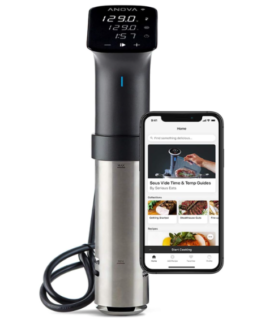
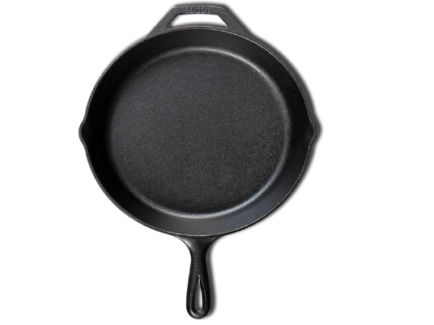
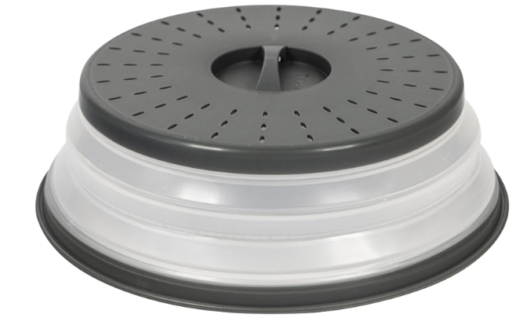
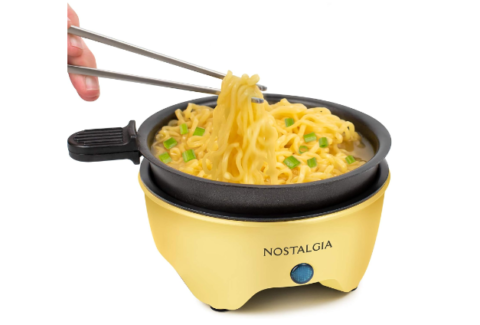
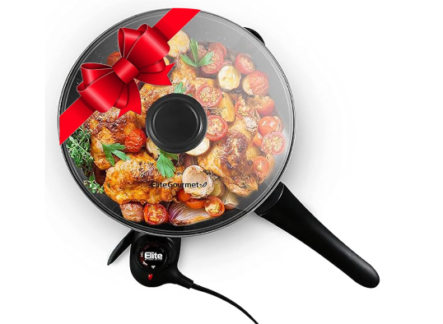
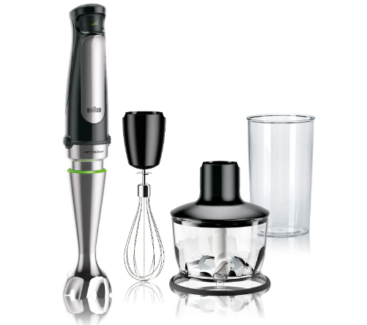
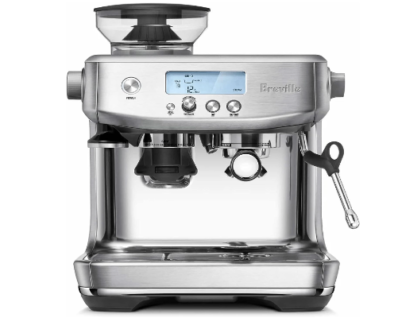
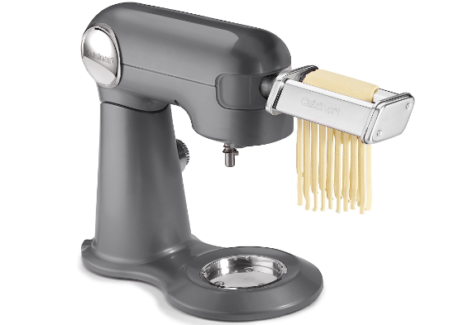
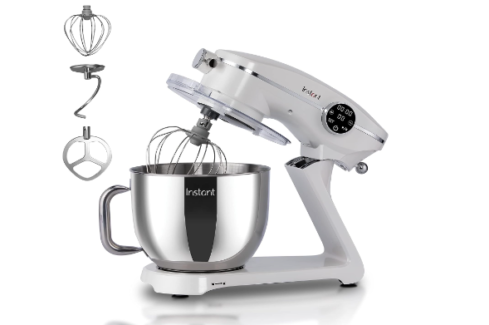

Great read! The authors perspective is really interesting. Looking forward to more discussions. Check out my profile!